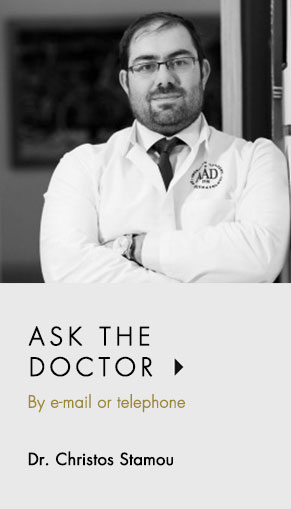Many people get lichen planus. This disease can develop on one or several parts of the body. It can appear on the skin or inside the mouth. Sometimes, it appears in both places. Lichen planus can even change the way a person’s fingernails or toenails look. In addition, it can appear on the genitals or a person’s scalp.
Many people also get nail lichen planus. But what is this disease and what causes it? To find out more just call us on 216 900 5000.
Nails
Lichen planus affects one or more nails in 10% of cases, sometimes without affecting the skin. If the disorder is affecting all nails and there is no other symptom, then the condition is called nail dystrophy. The surface of the nail tends to become thinner, and ridges or grooves may appear on the nail. Nails may darken, thicken or stand out from the nail bed (onycholysis). Sometimes the skin around the nail gets damaged and scarring develops (pterygium). The nails may fall, stop growing completely, while in rare cases they may disappear completely.
Who is affected by Lichen Planus?
Anyone can develop lichen planus. But the condition most often affects middle-aged adults. Oral lichen planus most often affects women than men.
What causes Lichen Planus?
In most cases, the cause of lichen planus remains unclear. One theory is that lichen planus is an autoimmune disease. Certain drugs can cause a rash similar to lichen planus. In addition, lichen planus may be related to Hepatitis C virus infection.
How do dermatologists treat lichen planus?
There is no cure for lichen planus. It often subsides automatically. If the symptoms cause discomfort, treatment is often relieving and can accelerate healing. Please discuss your options with your dermatologist.


